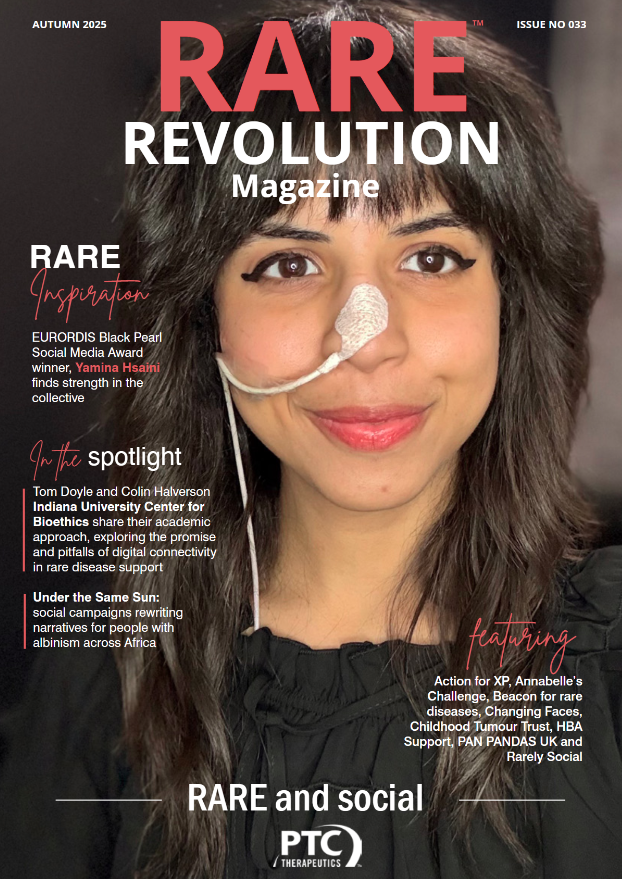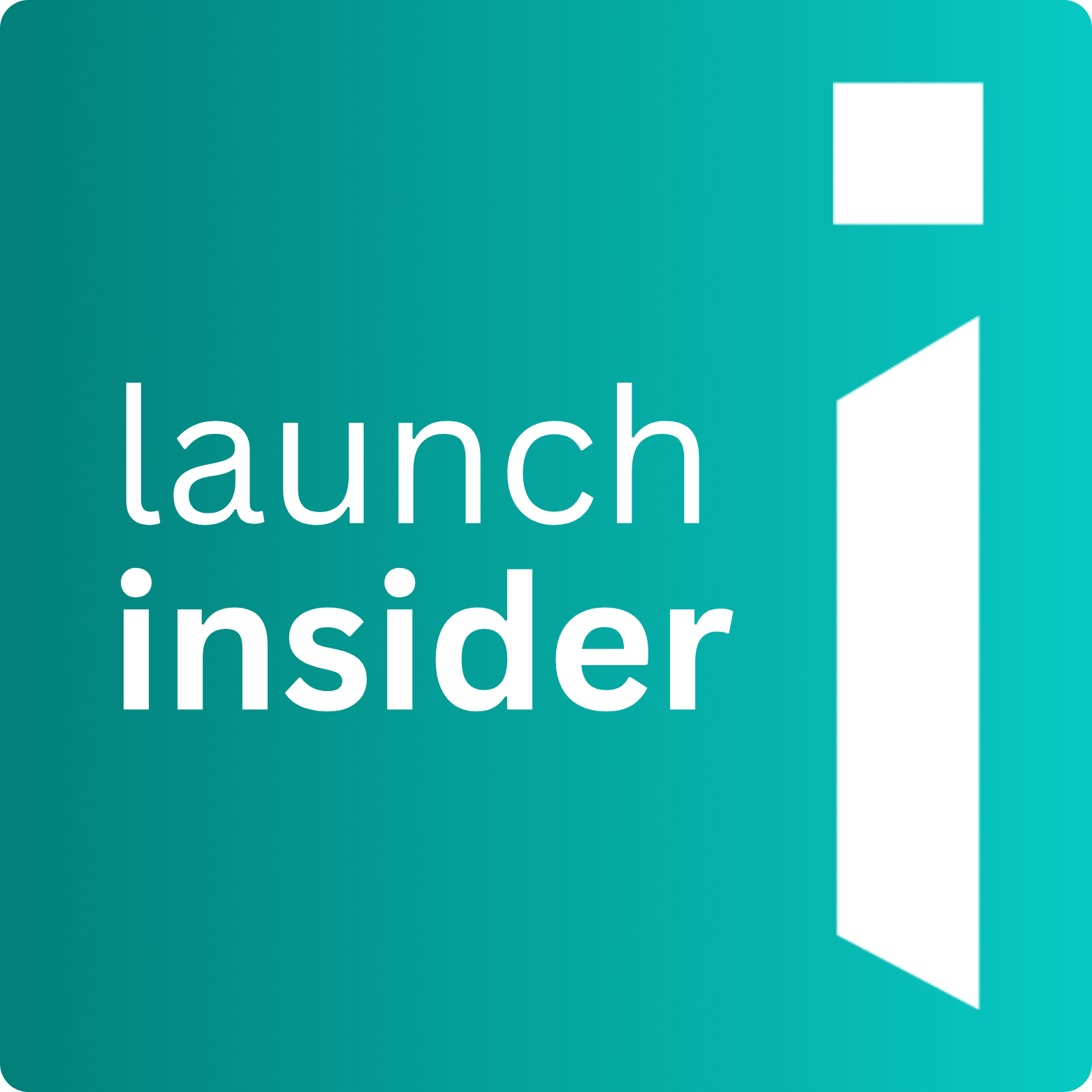Rare diseases become “not-so-rare” within a global R&D and treatment strategy

Written by Paul Kidwell, communications and patient advocacy consultant and co-host of the podcast,InSickness. Men and the Culture of Caregiving
I live in Boston where one of this city’s legendary political sons was former US Congressman and Speaker of the House, Tip O’Neill, who coined the phrase, “all politics is local.” He was rooted in his local community of Cambridge and used the phrase to underscore the impact that issues like jobs, schools and public services have on the daily lives of voters. National and/or international affairs that take place outside the local zip code are less important.
Individual rare diseases are very much like local politics in this way. Each comes with a myopic view of the condition and its impact on a very small universe. This is true for the more than 300 million people affected by over 7,000 rare diseases worldwide and the 300-600 million caregivers who struggle daily to care for these individuals. All of whom face limited available treatments, inadequate resources, economic hardship, relentless emotional strain and a fractional support system that varies dramatically depending on geography.
Despite their ubiquitous global presence, rare diseases are mostly underfunded, poorly understood and inconsistently treated across regions. These disparities and inconsistencies have resulted in a complex matrix of financial pressures, social isolation and inadequate care. They also set the stage for the creation of a coordinated global strategy that addresses both medical and non-medical aspects of the burden worldwide.

To understand where we as advocates and caregivers are going, it’s important to determine where we are or have been. Helping me to assess the present and underscore the future is my patient advocacy colleague, Tamar Thompson, vice president of global patient experience and insights medical affairs, at Alexion, AstraZeneca Rare Disease. Alexion is rooted in rare disease drug development and Tamar and her team ensure that patient and caregiver experience is part of the foundation of each of Alexion’s programmes, from R&D (research and development) through commercial products. A more informed resource I could not imagine. Plus, Alexion is helping bring awareness to three geographic-specific studies that explore the economic and societal burden of rare diseases across three regions (US, EU, and Japan) through the patient and caregiver lens and is using the data to support advocacy efforts that drive policy and access improvements.
Despite differences in healthcare and policy infrastructures the data reveal strikingly similar challenges for people living with rare diseases and their caregivers. It’s a familiar playbook for the worldwide rare disease community and it comes as no surprise that limited access to treatment options, loss of income, complex care navigation and profound impacts on quality of life are the all-too familiar culprits.
“The burden of rare diseases on patients and caregivers is profound—far more than just a clinical challenge,” cited Tamar. “To underscore this, three independent studies were conducted: one in 2021 by the Every life Foundation for Rare Diseases in the US, and two by Charles River Associates in partnership with patient advocates and experts, covering nine European countries in 2024 and Japan in 2025. Together, these studies found that across all geographies, the economic burden is staggering. Nearly one trillion dollars in the US, 249 billion Euros across Europe, and nearly 10 trillion Yen in Japan each year”

Tamar explained how the majority of this burden isn’t from the cost of treatment, “it’s from lost income, unpaid caregiving and the everyday disruptions families face.” She noted that this reality is familiar to many parents, partners and families globally who shoulder these monetary burdens in caring for a family member diagnosed with a rare disease.
The unforeseen disruption that is commonplace in all caregiving routines can, and usually does, result in lost income due to time away from a person’s job and/or unpaid caregiving which in every family I know is standard practice. Plus, a possible additional cost is one that comes when the overburdened caregiver can no longer keep up with a tsunami of care demands and must engage with and pay for home care services that are typically not covered by insurance.
And, as a caregiver myself, I can attest to what Tamar shares; the personal caregiving experience is largely universal, no matter which country you live in. My Japanese or European counterparts—even my US neighbours in the rest of the 49 states—experience similar frustrations, pressures and obstacles in caring for their loved one as I do. What is not unique is how these obstacles experienced by individuals and families can be felt by the community at large as their effects ripple beyond the home, plus the policies and social guardrails that are in place to help caregivers and offer the necessary support.
These studies clearly pinpoint the indigenous nature of each geography and how that uniqueness manifests itself into the needs of rare disease families living there, the resources available to them and the native policies influencing patient access. To consider employing a unified global rare disease strategy is a Herculean task that at the very least must deconstruct and align regulatory frameworks, create equitable funding models, encourage cross-border collaboration, protect privacy and ethics and strengthen global infrastructure and diagnostics. All while traversing the disparate political landscapes that are likely to muddy the already murky waters.
Tamar shares, “While each geography has its nuances—such as Japan’s government defined disease list, the US’s Orphan Drug Act as a catalyst for innovation, and the EU’s lack of coordinated pan-European policy—the patient and caregiver experiences are strikingly similar. Learnings from these studies are not just data points, they are evidence for action.”

“Alexion is a pioneer in rare disease innovation, not only advancing science but also embedding patient perspectives throughout the lifecycle of our products from R&D through commercialisation,” shared Tamar. “The company is now looking beyond what has already been established and toward a future that includes transformative and novel approaches like cell and gene therapy which have the potential to benefit even more rare disease patient communities. Now as part of AstraZeneca and their evolving global footprint, Alexion has the opportunity to expand our reach even farther. This means bringing equitable access to more rare disease communities worldwide.”
Creating this journey is not a fait accompli, but as Tamar states a work still very much in progress “Families are waiting—for diagnosis, for treatment, for care, and for all of us to act. These studies show what’s at stake. They are not the conclusion; they are the call to action.”
It’s clear that it will take an abundance of time, energy, commitment, resources and “lots of external partnerships.” The latter being perhaps the one element on whom reliance is the greatest.
Key to the success of developing a global rare disease strategy is understanding the nature of rare diseases and their underlying complexities, including: size or patient populations, a lack of data, and divergent regulatory landscapes. Success requires coordination among all participants across all strata of industry, regulatory, clinicians, advocacy groups, and of course, and now more than ever, caregivers.
Our role as caregivers in rare disease is no longer solely being a source of emotional support. Caregivers are essential partners in creating and shaping programmes from strategy to implementation—offering real-world insight that influences trial design, regulatory outcomes and access policies. We are rightfully now seated at the table.
“One way Alexion is helping keep rare disease needs visible and ensuring there is an open seat at the table for all voices is through Rare Conversations events. This September, we are creating space for advocates, caregivers and experts to spotlight the real-world burden of rare disease brought to life by these burden studies. By grounding the discussion in both global data and lived experience, Alexion aims to inspire policy change and healthcare system improvements that truly reflect what families face.”
Tamar Thompson, vice president of global patient experience and insights medical affairs, at Alexion, AstraZeneca Rare Disease.
As we consider the need for a global strategy to treat rare diseases; caregivers are armed with information and experiences that fill gaping breaches in understanding the patient journey. A journey that can be quite different around the world, unlike that of the caregiver which is rooted in common challenges and produces data that may transcend geographies.
Rare disease caregivers know when medicines are working. We also know when they are not. Nobody tracks the daily impact of a disease or effectiveness of a treatment better than a caregiver. We are not just “a” voice, but rather the “patient’s” voice when they have none. Want to measure the effectiveness of a rare trial, identify someone who can shape policy, or how endpoints matter? Ask any caregiver, anywhere.
We are delighted to welcome Paul Kidwell as a regular contributor and supporter of the caregiver voice throughout 2025. For more information on Paul’s podcast check out insickness.org



